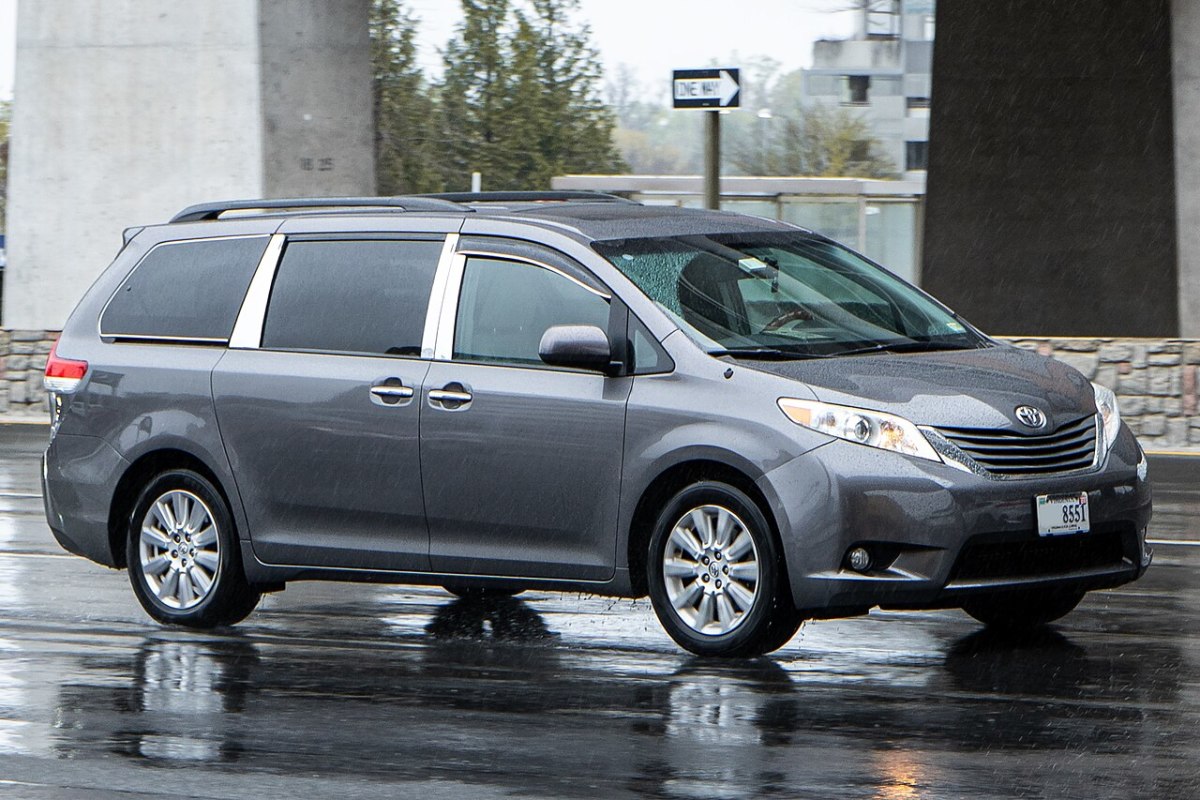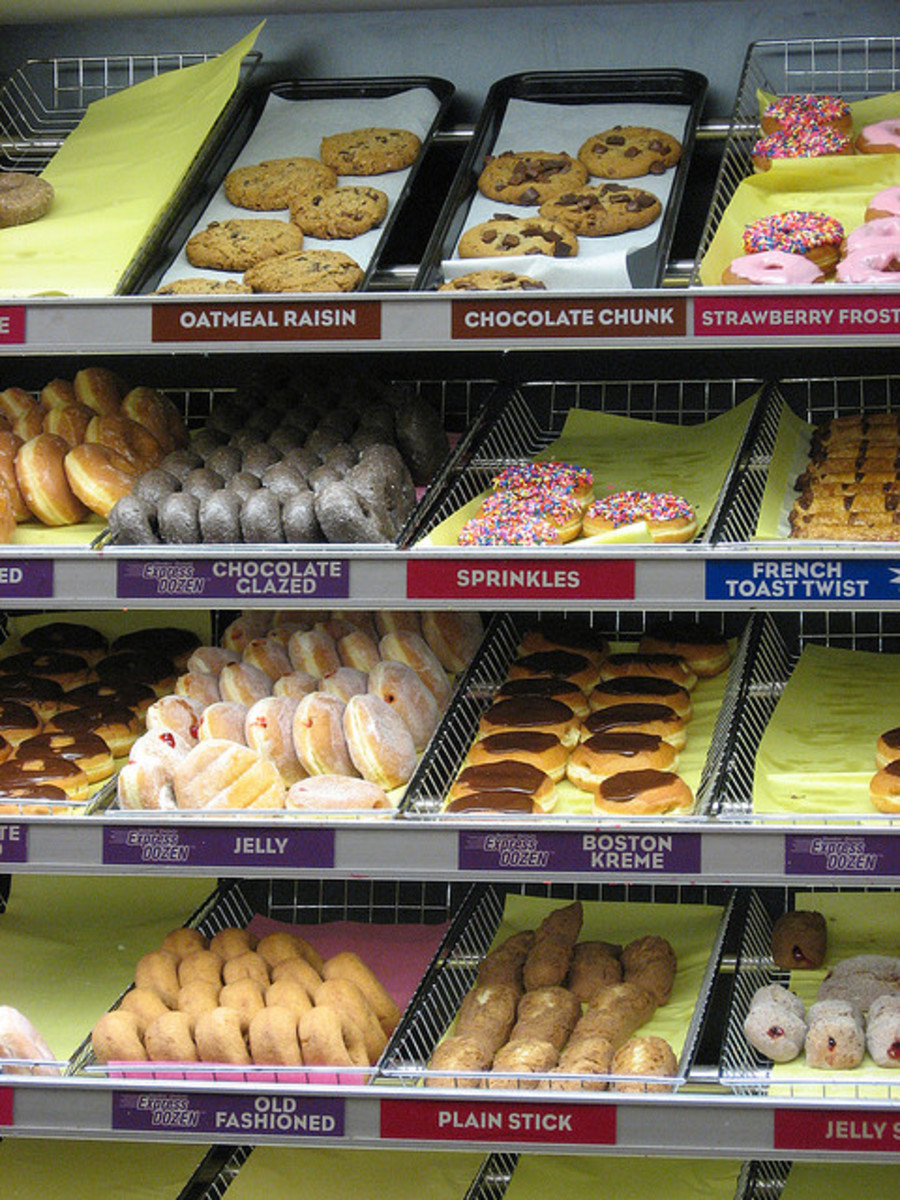Retirement Overseas - How to Get There
Me and My '98 Ford Explorer Sport
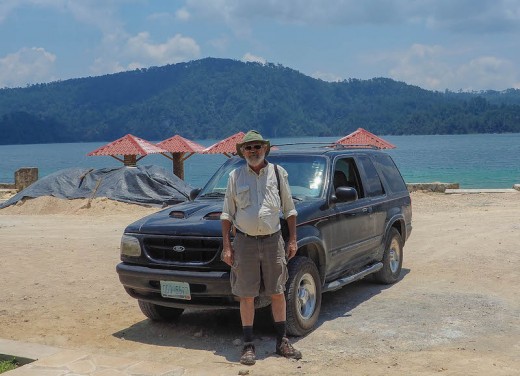
Driving to Mexico and Central America
If your desire's driving to your retirement location, your options are limited. Driving to your retirement destination enables you to go north to Canada. Driving south, you can drive a vehicle to Panama.
I thought the Pan-American Highway went from Canada to Argentina. But, there's a 100 mile gap between Panama and Columbia. The road ends in a town called Yavis, then picks up again in Columbia. The gap in the PanAmerican highway is swamp and rivers. It's populated by drug dealers, gun runners and other nefarious types. Let me advise you, the PanAmerican Highway ends if you're driving south to your retirement destination.
This allows you to drive to the following countries:
Mexico, Belize, Guatemala, El Salvador, Honduras, Nicaragua, Costa Rica and Panama. (If you fly or take a boat to your retirement location and buy a car, these pros and cons are still valid)
The pros for taking a car with you:
1) You can stand up and go when you wish.
You're not required to wait for a bus or taxi. When you're ready, it's splitsville!
2) You can carry extra items with you.
More luggage, cameras, video equipment, pots and pans, food, etc.
3) You can get to secluded locations with a car.
I've gone to secluded towns, waterfalls and vistas that I would have missed if I wasn't driving a car.
The best example I can give is my Chiflon Falls experience. By having a vehicle, I avoided the crowds. I had a winding, mile long trail and falls to enjoy, by myself. An experience that I loved!
1) Border crossings are much more time consuming.
If you're driving a vehicle, you'll get scrutinized. There's more paperwork to complete. Security checks on your vehicle are time consuming. More fees because of the vehicle.
2) If you plan on going in and out of a country, you're going to make a mistake.
Each country has different policies concerning vehicle. Expect fines for making a mistake. It's inevitable! I've tried to follow the rules and regulations, and I've made mistakes many times
3) You're more likely to be stopped by police or the military.
Your license plate will make you stand out from the crowd. Police and the military aren't paid well. When you drive a car from outside the country, you're an easier "mark" for crooked police and military. Expect it - they will not disappoint you.
4) You're more likely to get into trouble
Expect "trouble" from the local police or military. If you're in an accident, you're the foreigner with money. Odds are, you'll be blamed for the accident. If you break traffic laws, you'll be expected to pay "fines" to the police or military, on the spot.
Signage isn't good. One way roads are not marked. Stop signs are non- existent - you're expected to know to stop! In over 2 years of traveling, I've had one incident that involved police.
But, I've gone the wrong way on roads many times. I didn't know to stop and missed being in accidents by centimeters.
5) Gas is expensive.
If you bring a vehicle, it will be the second highest expense in your travel budget after lodging.
6) Count on getting flats. There's so much junk on the roads and in parking lots. I've probably had 10 flats in 2 years of travel.
7) Drivers don't pay attention to speed limits and no passing zones.
The goal of all Latin America drivers is to be the lead dog - get in front all costs. No passing zones, intersections - nothing makes any difference if it gives the driver a chance to pass you!
In towns, motorcycles weave in and out of traffic. Bicyclists squeeze into the smallest of areas between cars. Pedestrians cross the street when they see a gap. It keeps you on your toes and gets your dander up, no doubt about it!
8) Horses, cows and goats also share the road.
Everything shares the road! Horses, cows, goats, dogs, chickens and pedestrians. Whether it be day or night, any of these are likely to be on the road.
If you choose to drive to your retirement destination, expect a crazy experience. People drive as far south as Panama, doing their business. I'm sharing some of the challenges you may experience in your journey. It's demanding, but I think it's worth the effort.
A typical bus for traveling long distance in Mexico and Central America
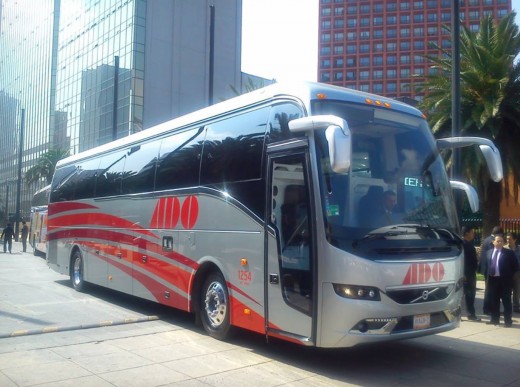
Buses are great and then they're not!
Buses are a good option. I like seeing the countryside, thus I'd rather ride vs. taking a plane. But, that's me........
No matter where you are in the U.S., you can get to Mexico in less than 3 days on a bus.
The long haul busses (Tica Bus Lines and the ADO bus line) in Mexico and Central America are good rides. They're equipped with private TV screens, WIFI, comfortable seats, and A/C.
Tica Bus Lines run throughout Mexico and Central America. They service major cities and those along their routes. In northern Mexico, Tica Bus Lines work in conjunction with ADO Bus Line.
Keep in mind that busses are a normal way of getting around Mexico and Central America. For trips of 100 miles + - you can get first class. A/C, WiFI, comfortable seats, the works.
Is your destination a small town, far from a major highway?
Let's say your town's name Fica. There's a road from the town that intersects with the route the Tica Bus Lines takes. At that intersection there'll be a bus stop for the Tica Bus Lines.
At that bus stop, there'll be taxis waiting to take you into town. There will be vans and/or busses that have Fica on their routes. They will pick up passengers at that bus stop and take them into Fica.
It's like a funnel. Take the Tica Bus Line (Full of people), then a van (fewer people), then a taxi which will take you to your destination. It's been going on for years, and the system works well.
Realize this - once you get off the Tica Bus Line, the quality of the ride diminishes.
Travel by plane - easy peasy!

The easiest and fastest way to get to Mexico and Latin America
Though you'll miss the scenery, the easiest way to get to Mexico and Central America is by plane. All the major cities in Mexico and Central America have major airlines service. Smaller cities have independent airlines that service them.
Getting through customs is easier
Arriving at your destination, whether it is a home, apartment or hotel, is easy. At the airports, you'll have the choice of vans, busses or taxis to drive you.
If the city you've flown to is not your final stop, follow the advice in the "Taking a bus" section. Have a taxi or a van take you to the bus station, and take a bus to your destination.
If you're moving to a city, you can fly in and then have your belongings shipped to you. Ship your belongings overland or by boat. Most use shipping containers delivered to ports. You can insure the contents and don't have to pass through more than one customs point. This is important if you're moving to a location south of Mexico.
(If you're pilot, you can fly your plane to almost any town with a population of over 30,000 people. Though the airports will be small, they'll be able to handle your plane)
For the REAL adventurers, travel by boat!
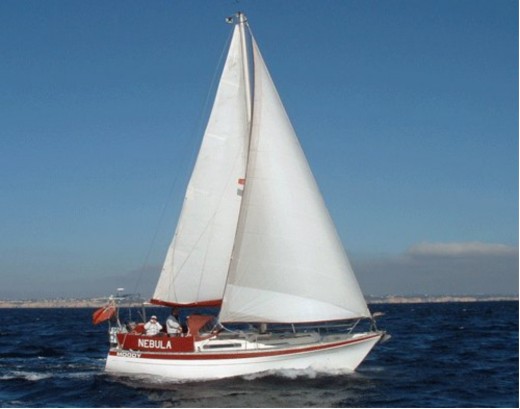
Travel by sailboat to Mexico or Central America
This is only for the real adventurer. You'll deal with the seas, the logistics, the food and the weather. The coast you'll be sailing is where the drug runners move their product.
I've read stories of pirates killing people and stealing their sailboats. But, no different from the chances you take on land, I suppose.
I've met people who've traveled by boat in Rio Dulce, Guatemala - a "safe haven" port during hurricanes. I've met people who've sailed down to Mexico. Belize has a few expats that have arrived by boat.
A thrilling adventure, I would think. I have a hard enough time traveling with a vehicle and cooking my food in the places I rent. A sailboat would not be a way I would choose, but that's me.....
Trying to do accommodate all the food and traveling on a boat - that would be the challenge!
If I hadn't met people who've done it, I wouldn't put it down here as an option. But, there are those that do it, so it's a viable way to move, if you're a sailor.
Mayan relic
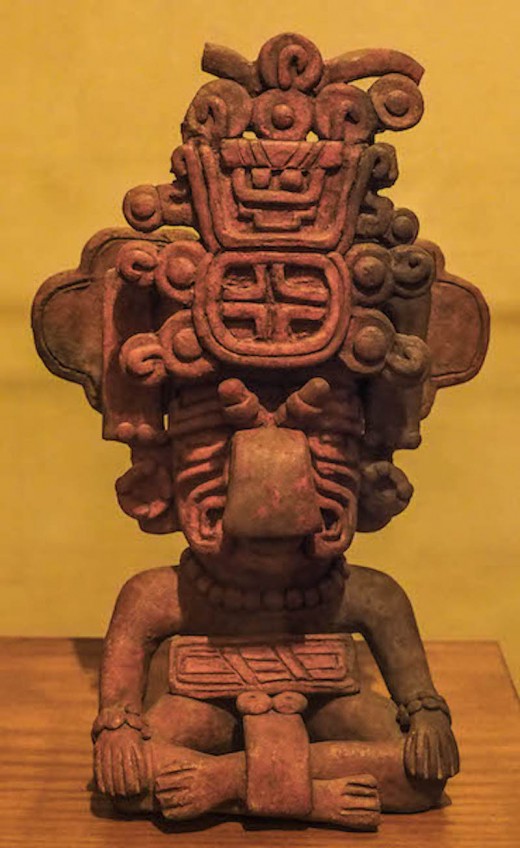
Summation
This hub was meant to offer the most popular ways to get to Mexico and Central America.
People travel to Mexico and Central America daily. Stop at any border crossing in Mexico or Central America and they're tourists visiting and expats moving vehicles and product that they need to the residences.
By retiring in Mexico or Central America, you're not breaking any new grounds.
Most countries have an expat website that will let you chat online with people living in the area that you're investigating.
If retiring outside the U.S. is an option that you're considering, take a look at some of these expat websites for additional information:
Expat Info Desk - Worldwide expat forum
Expat Exchange - Worldwide expat forum
Discover Share Inspire - blog about an American living in Guatemala
Pick out any country that you're thinking of moving too, and there's a website that has expats sharing information - what it's like, what the costs are, living conditions, etc. etc.
For the best bang for your retirement dollars, living outside the U.S. is something to consider.
As you can tell, there's options that make the move less of a challenge than you might think.
In Part 4 of the series, I'll give you a check list of things to do BEFORE picking a destination to retire to!
Part 1 of my Retirement Series is here: goo.gl/FEqG4m Why retire outside the U.S.
Part 2 of my Retirement Series is here: goo.gl/kHvKP4 How to find lodging while you investigate retirement options outside the U.S.



